-
Valkyrie's Chosen Winged Spangenhelm
Regular price $143.00 USDRegular priceUnit price per$87.99 USDSale price $143.00 USD -
Bright Steel Gjermundbu Medieval Viking Helmet
Regular price $126.50 USDRegular priceUnit price per$76.99 USDSale price $126.50 USD -
Handcrafted Viking Wolf Armor Helmet
Regular price $143.00 USDRegular priceUnit price per$87.99 USDSale price $143.00 USD -
Handcrafted Viking Cavalry Armor Helmet
Regular price $126.50 USDRegular priceUnit price per$76.99 USDSale price $126.50 USD -
Viking Chainmail Medieval Armor Helmet
Regular price $132.00 USDRegular priceUnit price per$80.45 USDSale price $132.00 USD -
Viking Helmet Battle Armor 18G Steel and Chainmail
Regular price $112.20 USDRegular priceUnit price per$67.75 USDSale price $112.20 USD -
Thane's Dragon Etched Viking Helmet Vendel Style
Regular price $209.00 USDRegular priceUnit price per -
Handcrafted Viking Wolf Armor Helmet
Regular price $143.00 USDRegular priceUnit price per$87.99 USDSale price $143.00 USD -
Norman Helmet Early medieval helmet used by Vikings and Normans - 18 Gauge Steel
Regular price $184.80 USDRegular priceUnit price per$114.40 USDSale price $184.80 USD -
Viking Chainmail Shipwrecked Finish Helmet with Aventail
Regular price $121.00 USDRegular priceUnit price per$73.69 USDSale price $121.00 USD -
Black Steel Gjermundbu Medieval Viking Helmet
Regular price $123.20 USDRegular priceUnit price per$74.79 USDSale price $123.20 USD -
Peaked Medieval Nasal Norman Helmet
Regular price $105.60 USDRegular priceUnit price per$63.80 USDSale price $105.60 USD
View More
-
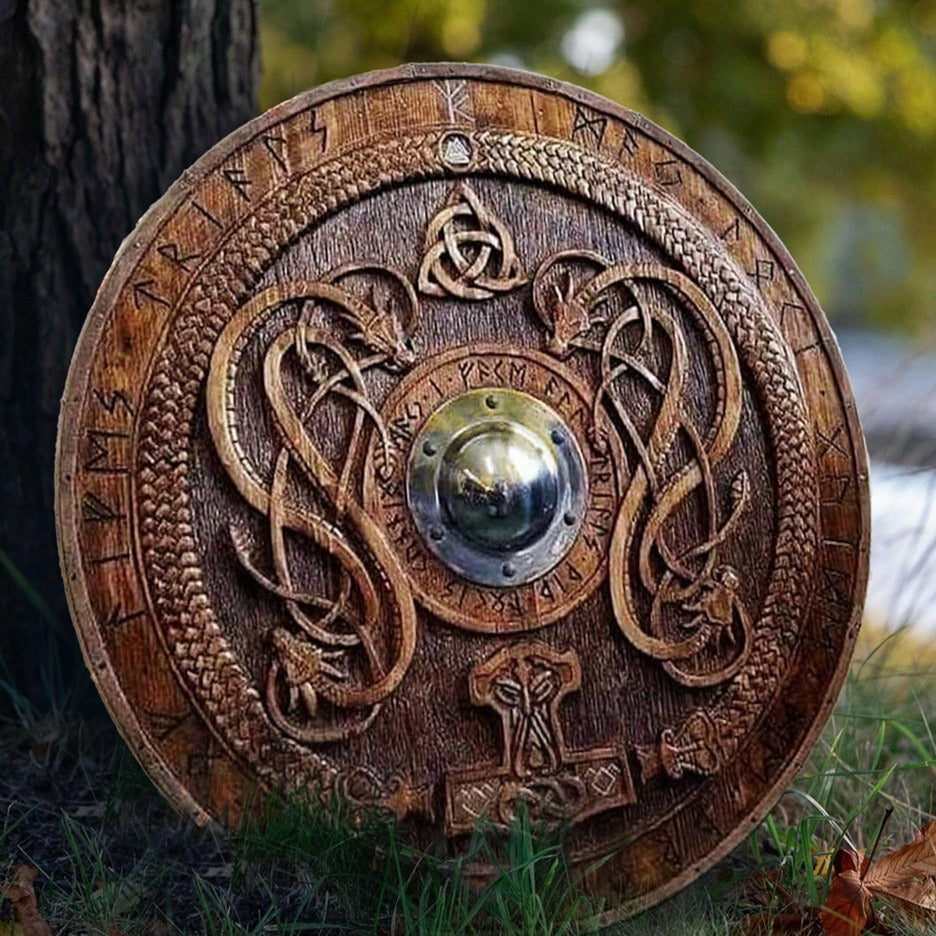
Viking Shields
Dating back to the Iron Age, Viking shields are composed of thin...
-
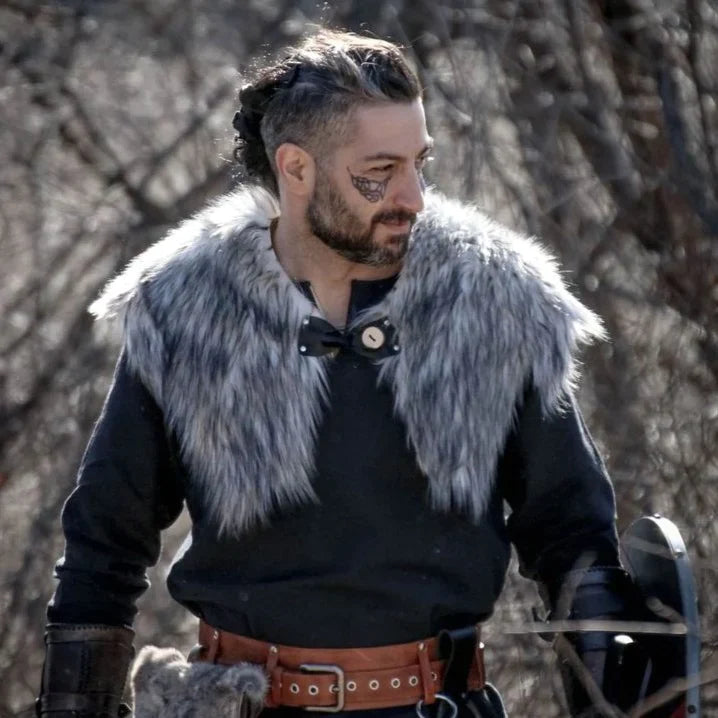
Mens Viking Costume
Formidable Viking Outfit: A Historically Accurate Men's Viking Costume with Shield and...
-
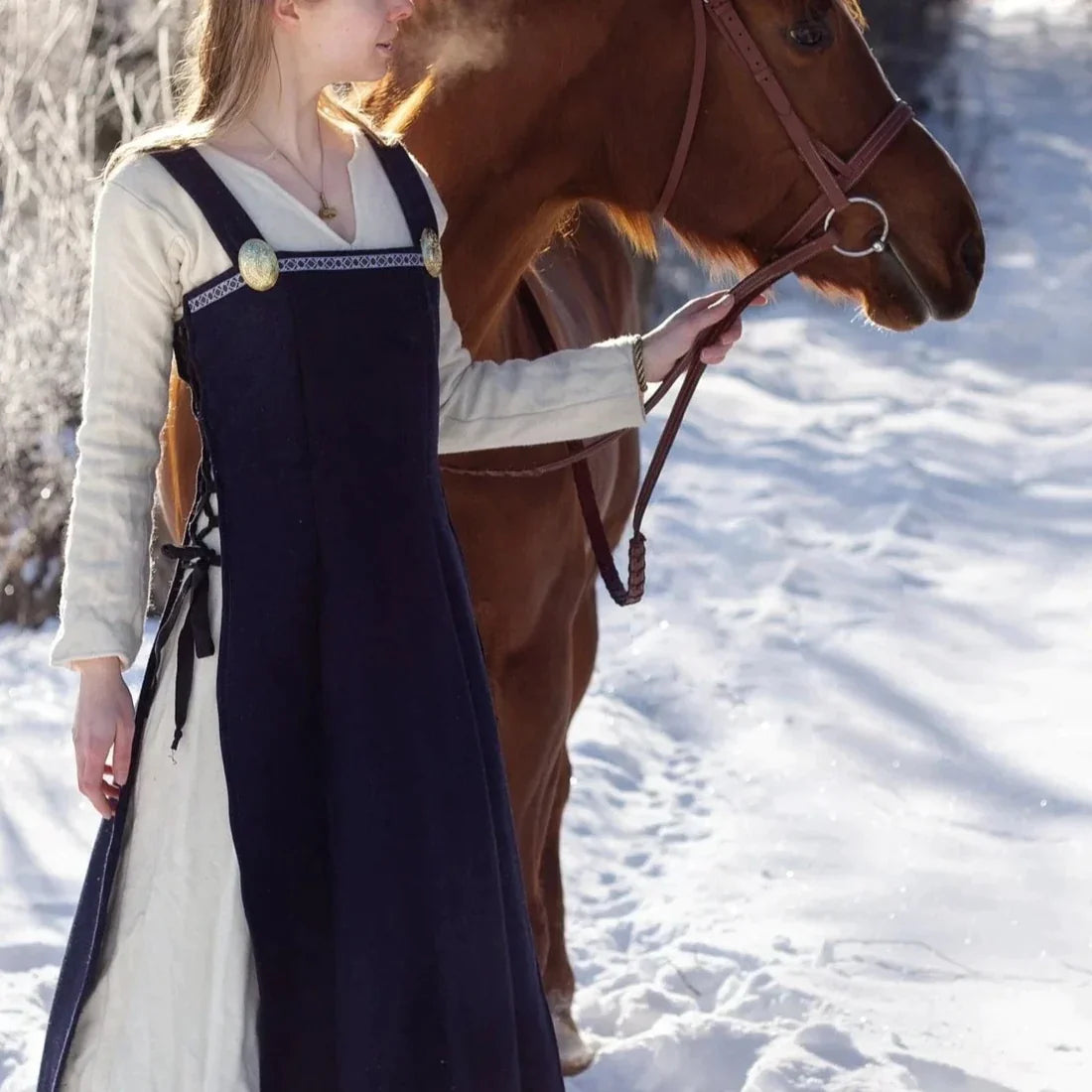
Womens Viking Costume
The Seer's vision and our Exclusive Women's Viking Costume Womens Viking costume...
-
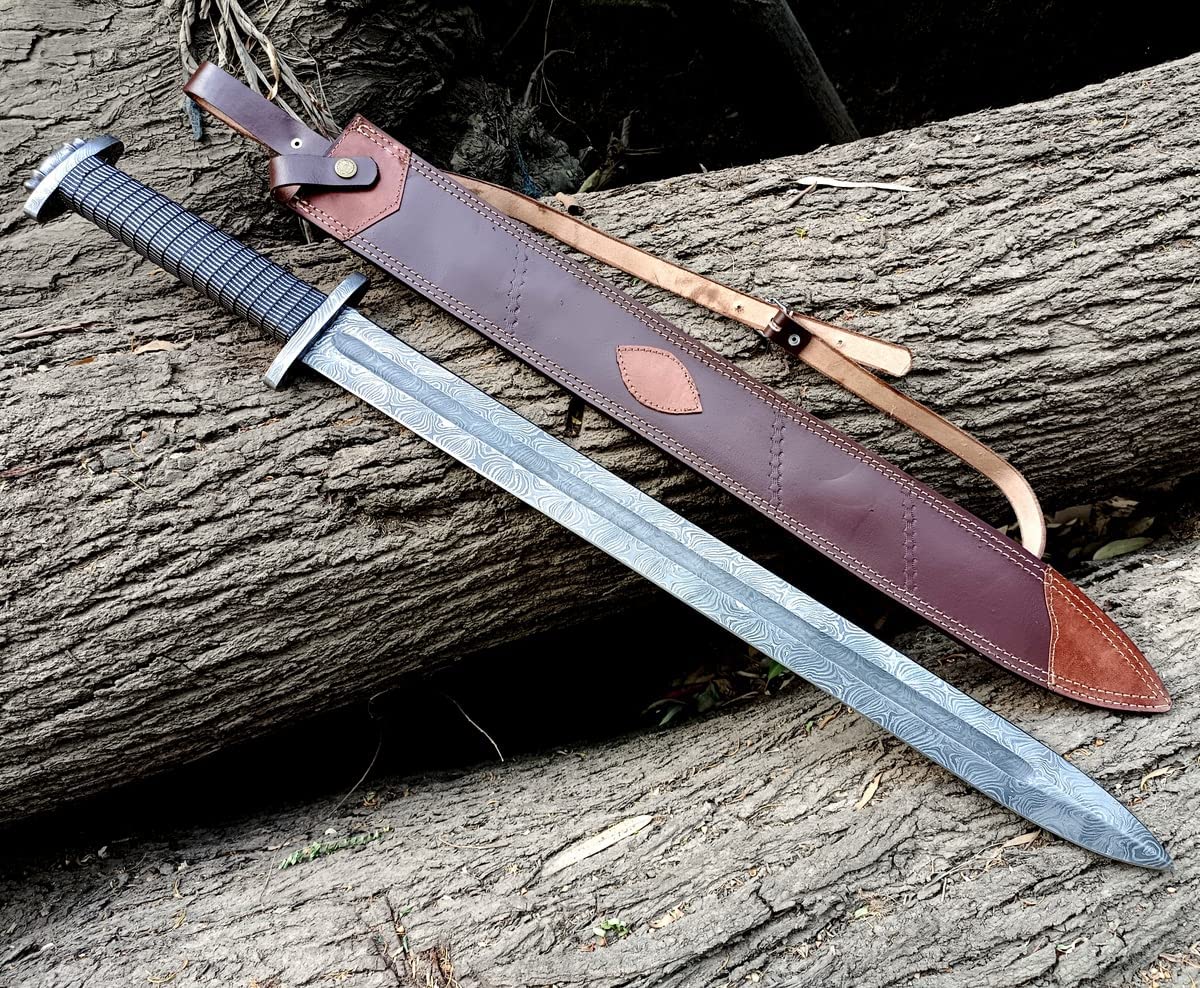
Viking Swords
At Drakka, our designs are influenced by historic medieval fashions. Viking swords...
-
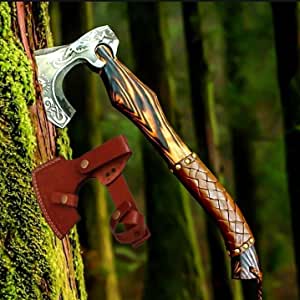
Viking Axe
The Viking axe was a common tool and weapon in the medieval...
-
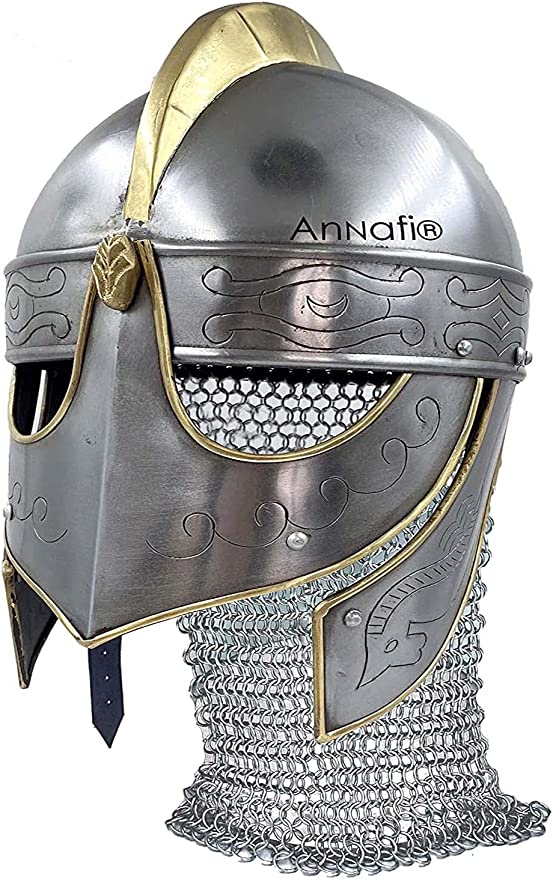
Viking Helmets
The term "Viking" describes the acts of the Norsemen from Norway, Iceland,...
-
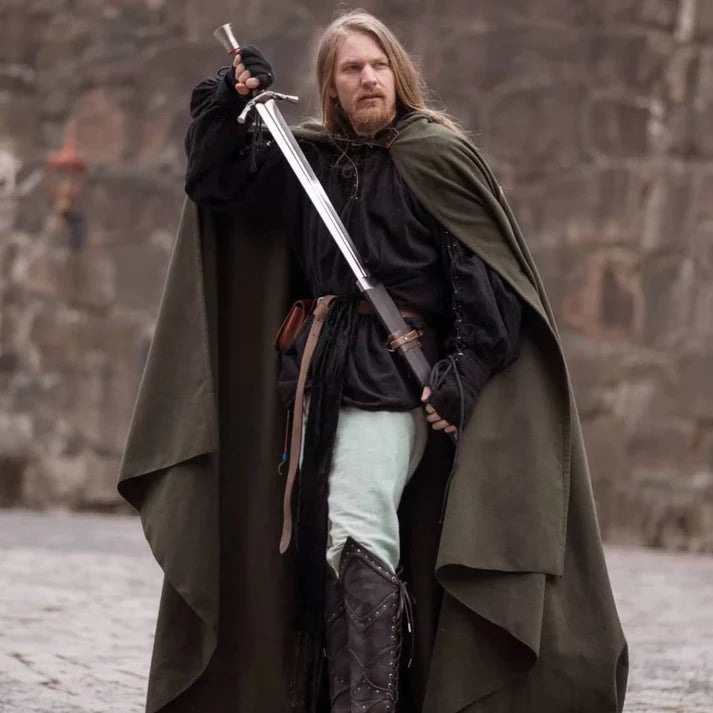
Viking Cloak
Keep yourself warm with our hand-stitched authentic wool Viking cloak cape and...
































